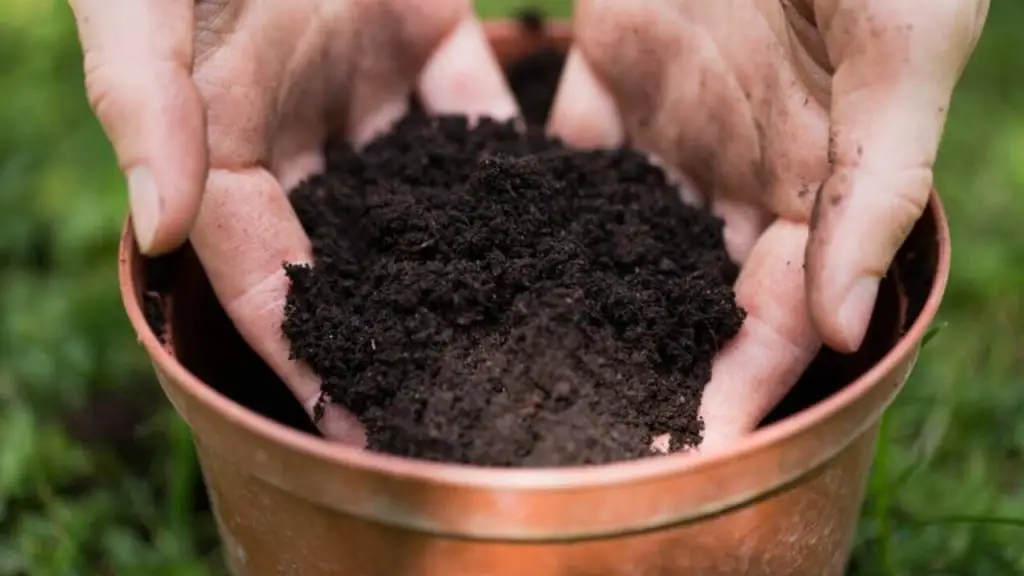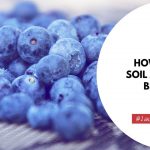Do you have a green thumb? Are you looking for ways to keep your plants healthy and thriving? If so, then you’ll want to learn how to sterilize potting soil.
Potting soil can often become contaminated with pests and diseases, which can harm your plants. Luckily, it’s easy to sterilize potting soil using either heat or chemicals. Keep reading for more information.
What Is Potting Soil?
Potting soil is a type of soil that is used to grow plants in containers. Unlike garden soil, which is heavy and can compact easily, potting soil is light and airy. This makes it ideal for plants that need good drainage, as the roots will not become waterlogged.
In addition, potting soil typically contains a variety of nutrients that are essential for plant growth, such as nitrogen, phosphorus, and potassium. It may also contain perlite or vermiculite, which helps to improve drainage and aeration.
While potting soil is typically more expensive than garden soil, it is worth the investment for anyone who wants to grow healthy plants in containers.

Why Do You Need To Sterilize Potting Soil Before Planting Plants In It?
As any seasoned gardener knows, potting soil is one of the most important ingredients for healthy plants. Not only does it provide essential nutrients, but it also helps to regulate moisture levels and prevent weed growth.
However, potting soil can also be a breeding ground for harmful bacteria and fungi. If these pathogens are not properly controlled, they can quickly spread to other plants, causing serious illness and even death.
For this reason, it is essential to sterilize potting soil before planting new plants. There are several ways to do this, but the most effective method is to bake the soil in an oven at a high temperature for several hours. This will kill any harmful microorganisms present in the soil and help to ensure that your plants stay healthy and thrive.
Different Methods For Sterilizing Potting Soil
Sterilizing potting soil is important to prevent the spread of disease, pests, and weeds. There are several different methods that can be used to sterilize the soil, including chemical, physical, and biological methods.
1. Chemical Sterilization
Chemical sterilization involves using chemicals such as bleach or alcohol to kill microorganisms. This method is generally considered to be the most effective way to sterilize the soil.
However, it is also the most potentially harmful to the environment and human health. Bleach can pollute water sources and alcohol can be toxic if ingested. Therefore, it is important to use caution when using these chemicals.
2. Physical Sterilization
Physical sterilization involves heating the soil to high temperatures in order to kill microorganisms. This can be done using an oven, microwave, or boiler. This method is effective but can be time-consuming.
Additionally, it is important to make sure that the soil is completely dry before sterilizing it, as damp soil can become moldy during the process.
3. Biological Sterilization
Biological sterilization involves using beneficial microorganisms to compete with and kill harmful ones. This can be done using Trichoderma species or Bacillus subtilis. These methods are considered to be safe and effective but can take longer to work than other methods.
Additionally, they may not be appropriate for all situations, such as when there is a need to eliminate pathogenic bacteria from the soil.
Benefits Of Sterilizing Potting Soil Before Planting Plants
Any good gardener knows that sterilizing potting soil before planting is essential to preventing the spread of disease. By definition, sterilization is the process of removing all living organisms from a material. This can be done using heat, chemicals, or irradiation.
While sterilization may sound harsh, it is actually a very important step in the plant-growing process. Sterilizing potting soil before planting helps to ensure that the plants will be healthy and will not be susceptible to disease.
There are a number of different methods that can be used to sterilize potting soil. One popular method is to use boiling water. This method is effective because it kills both bacteria and fungi.
Another common method is to use chemicals such as bleach or hydrogen peroxide. These chemicals are also effective at killing bacteria and fungi. Irradiation is another option that can be used to sterilize potting soil. This method uses high-energy waves to kill bacteria and fungi. While irradiation is effective, it can also be expensive.
No matter which method you choose, sterilizing potting soil before planting is a critical step in the plant-growing process. By taking this simple precaution, you can help ensure that your plants will be healthy and will not succumb to the disease.
Does Sterilizing Soil Remove Nutrients?
One of the most important things to consider when planting a garden is the quality of the soil. The soil is the foundation of the garden, and it provides nutrients and support for the plants.
However, sometimes the soil can be contaminated with harmful bacteria or toxins. In these cases, it is necessary to sterilize the soil before planting.
Sterilizing the soil kills all of the microorganisms in the soil, including bacteria, fungi, and viruses. This helps to create a sterile environment for the plants to grow in. However, sterilizing the soil also removes all of the nutrients from the soil. This means that the plants will not have access to any nutrient-rich organic matter.
As a result, they will be more susceptible to pests and diseases. Although sterilizing the soil is an effective way to remove harmful microorganisms, it also has some drawbacks. One of which is that it can make it difficult for plants to thrive.
How to Sterilize Potting Soil Naturally?
There are a few key methods for naturally sterilizing the soil.
One is to solarize the soil, which is when you wet the soil and then cover it with a clear tarp for 4-6 weeks so that the sun can heat and kill the pathogens. This works best in hot, sunny climates.
You can also pasteurize the soil using heat, either in a pressure cooker or by solarizing it. If you’re using a pressure cooker, you need to wet the soil and then cook it at 15 PSI for 30 minutes.
Finally, you can use chemicals to sterilize the soil. One common option is to mix 1 part bleach with 9 parts water and soak the soil in it for 30 minutes. This will kill most pathogens, but it’s important to rinse the soil afterward so that there aren’t any residual chemicals that could harm your plants.
Latest Posts:



